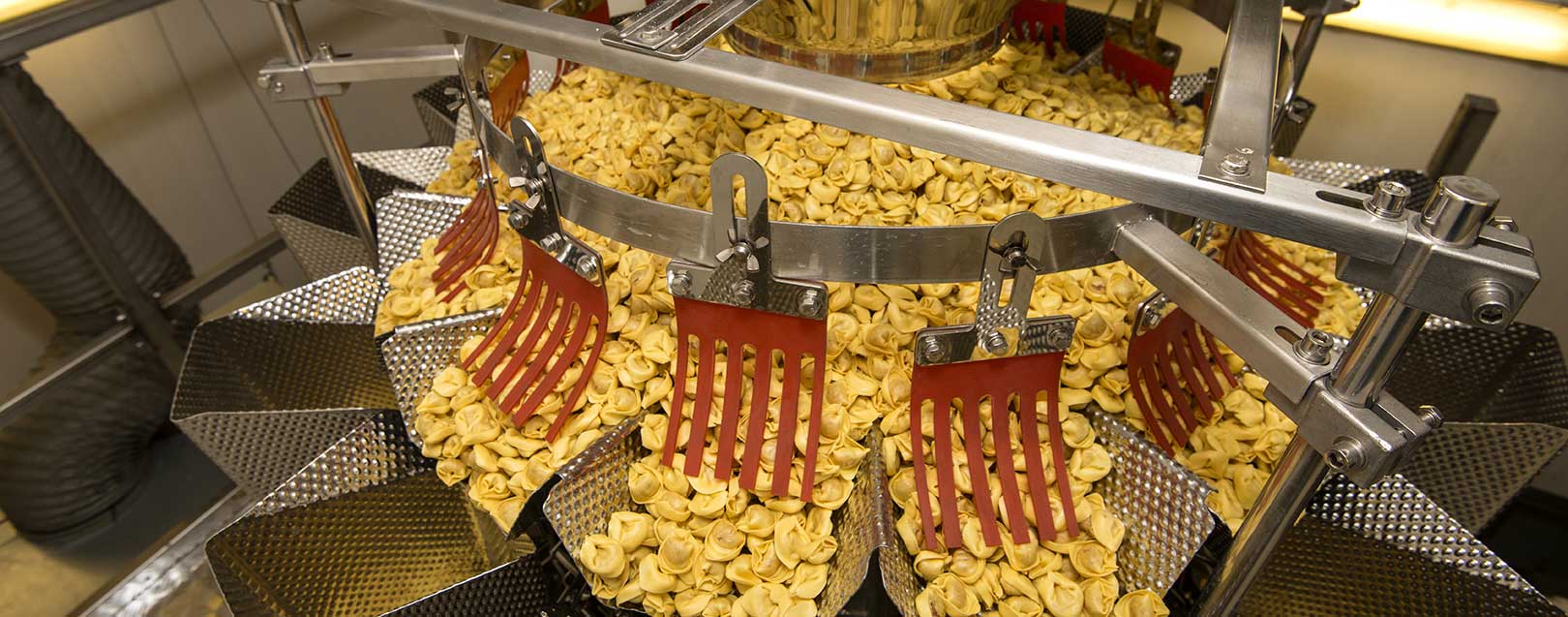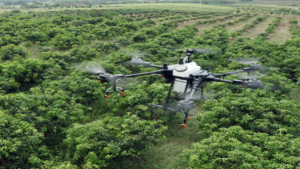PLI Scheme - Overview
Government of India (GOI) has approved a new Central Sector Scheme – “Production Linked Incentive Scheme for Food Processing Industry (PLISFPI)” for implementation during 2021-22 to 2026-27 with an outlay of Rs. 10,900 crore.
The objective of the scheme is to support the creation of global food manufacturing champions; promote Indian brands of food products; increase employment opportunities for off-farm jobs, ensure remunerative prices of farm produce and higher income to farmers.
The scheme is being implemented by Ministry of Food Processing Industries (MoFPI). The tenure of the scheme is six years from Financial Year 2021-22 to Financial Year 2026-27. Support under the scheme shall be provided only to the Applicants engaged in manufacturing of food products in India & sales of such products covered under the target Segments. All eligible Applicants shall be ranked on the basis of marks obtained in the evaluation criteria as given on the followed slides. The scheme has three broad components as below:-
Category I :Food Products Segments (Eligibility | Incentive)
Under the Scheme, the following four Segments of food products are covered:
Segments | Minimum Sales of All Food Products in 2019-20 (Rs Crore) | Minimum Investment (Rs Crore) | CAGR(%) |
RTE / RTC | 500 | 100 | 10% |
Processed Fruits & Vegetables | 250 | 50 | 10% |
Marine | 600 | 75 | 5% |
Mozzarella Cheese | 150 | 20 MTPD Plant – Rs 23Cr | 15% |
Per the Scheme, rates of Incentives on Incremental Sales:
Year | RTE/RTC | Processed Fruits & Vegetables | Marine | Mozzarella Cheese |
2021-22 | 10% | 10% | 6% | 10% |
2022-23 | 10% | 10% | 6% | 10% |
2023-24 | 10% | 10% | 6% | 10% |
2024-25 | 10% | 10% | 6% | 8% |
2025-26 | 9% | 9% | 5% | 6% |
2026-27 | 8% | 8% | 4% | 4% |
For selection of applicants on ‘Sales & Investment Criteria’ is based on combined score Total Sales (Domestic & Exports) in 2019-20 of food products, export sales, minimum CAGR in sales over the base year and committed investment. Base Year for calculation of Incremental Sales and Incentive payable would be the value of Sales of the Applicant in FY 2019-20 for the first 4 years. For 5th & 6th years, the base year would shift to FY 2021-22 & FY 2022-23 respectively.
Category II: Innovative / Organic Products (Eligibility | Incentive)
Under the Scheme, the following are covered under this category:
For applicants of Innovative Products selection is based on-
For applicants of Organic Products selection is based on-
Category – III: Branding & Marketing (Eligibility | Incentive)
Under the Scheme, the following are covered under this category:
For applicants of Category – III selection is based on-
NOTE:





